Another cryptic series of images from Image
I wonder what these could be leading up to.
I wonder what these could be leading up to.
I want to welcome our newest writer, Tracy Mania! For now she’ll be alternating Fridays with Kari so look for her first article in the next week or so!
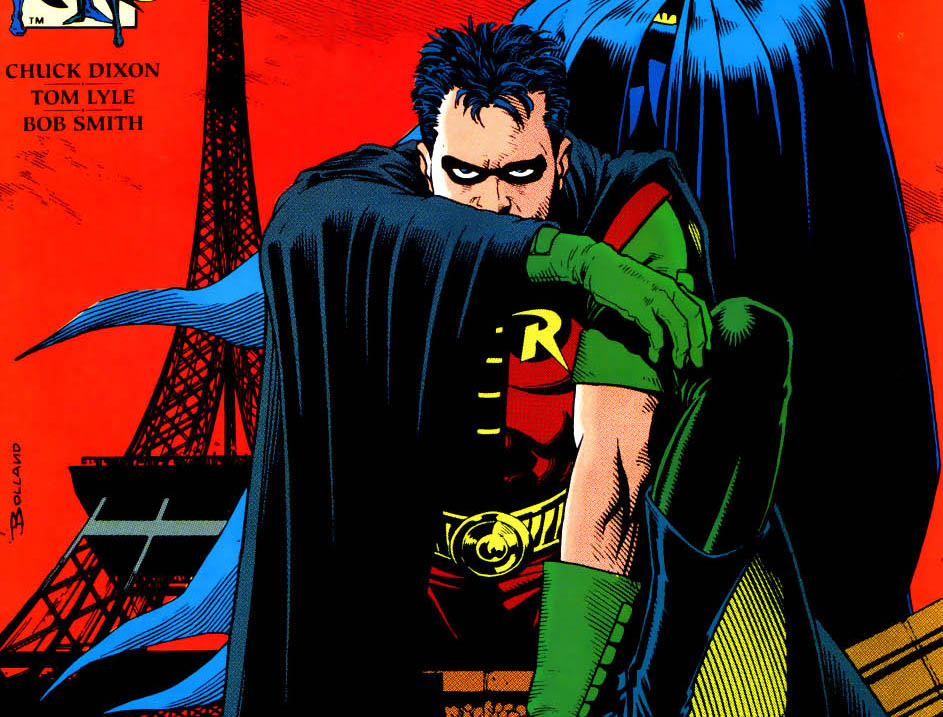
It’s really interesting to think about how quickly the world changes around us. Whether we’re talking about popular culture, politics, or technology, things are constantly moving. The media produced during any given time period tends to reflect this; things produced today have up-to-date smartphones, fashion, and cars, and current sentiments are reflected in the story lines. This isn’t a new phenomenon, so when we look at media produced twenty years ago, we get a snapshot of those same things from that time period. Comics are especially good at this, because they’re consistently released on a monthly basis. They evolve as they continue, showing us a constant stream of snapshots. ...
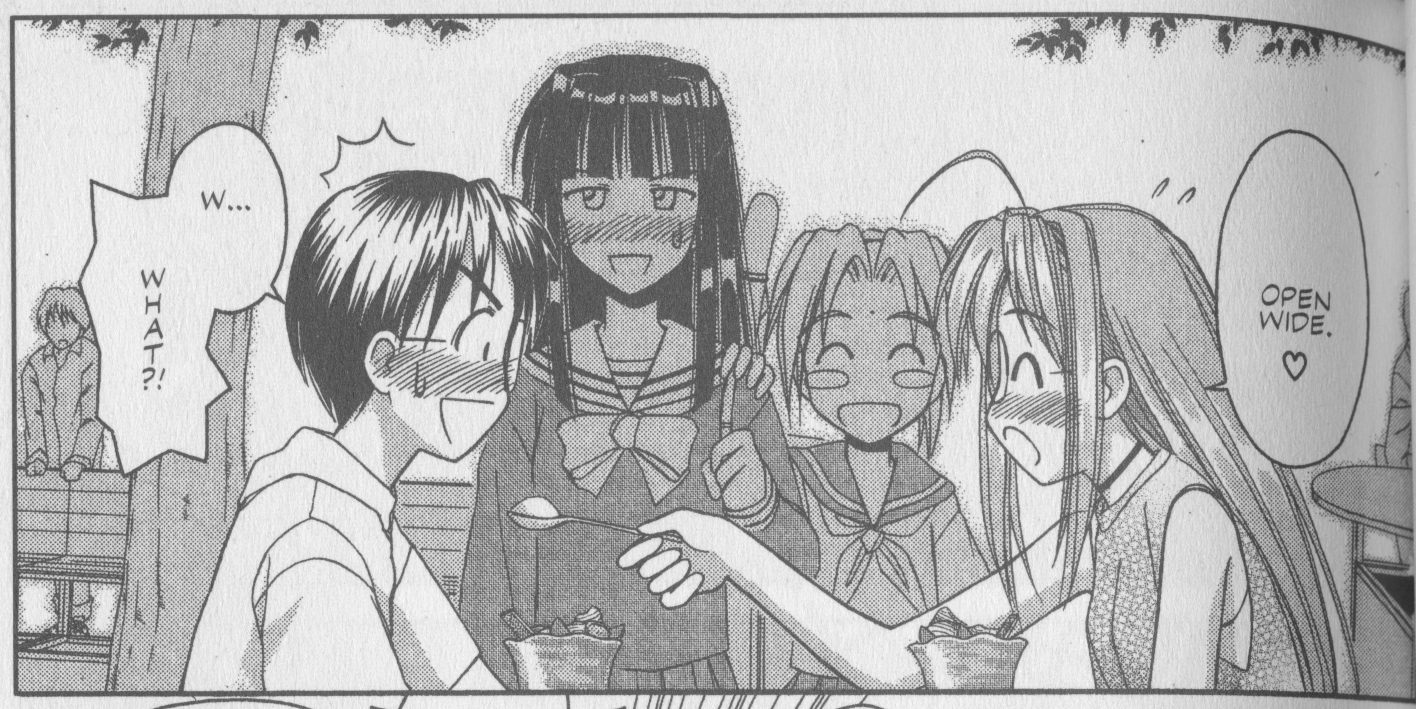
note on all the image scans: they are correct manga-style so they are read right to left Spend enough time doing critical readings of media and you come across the assertion that all media tells you about the culture it was written in. Sometimes, as in contemporary media, this is easy to tease out. Other times, as with science fiction, it’s by extrapolation. So I thought it might be interesting to re-read Love Hina, by Ken Akamatsu, as a way to to understand Japanese culture. Part One can be found here. ...
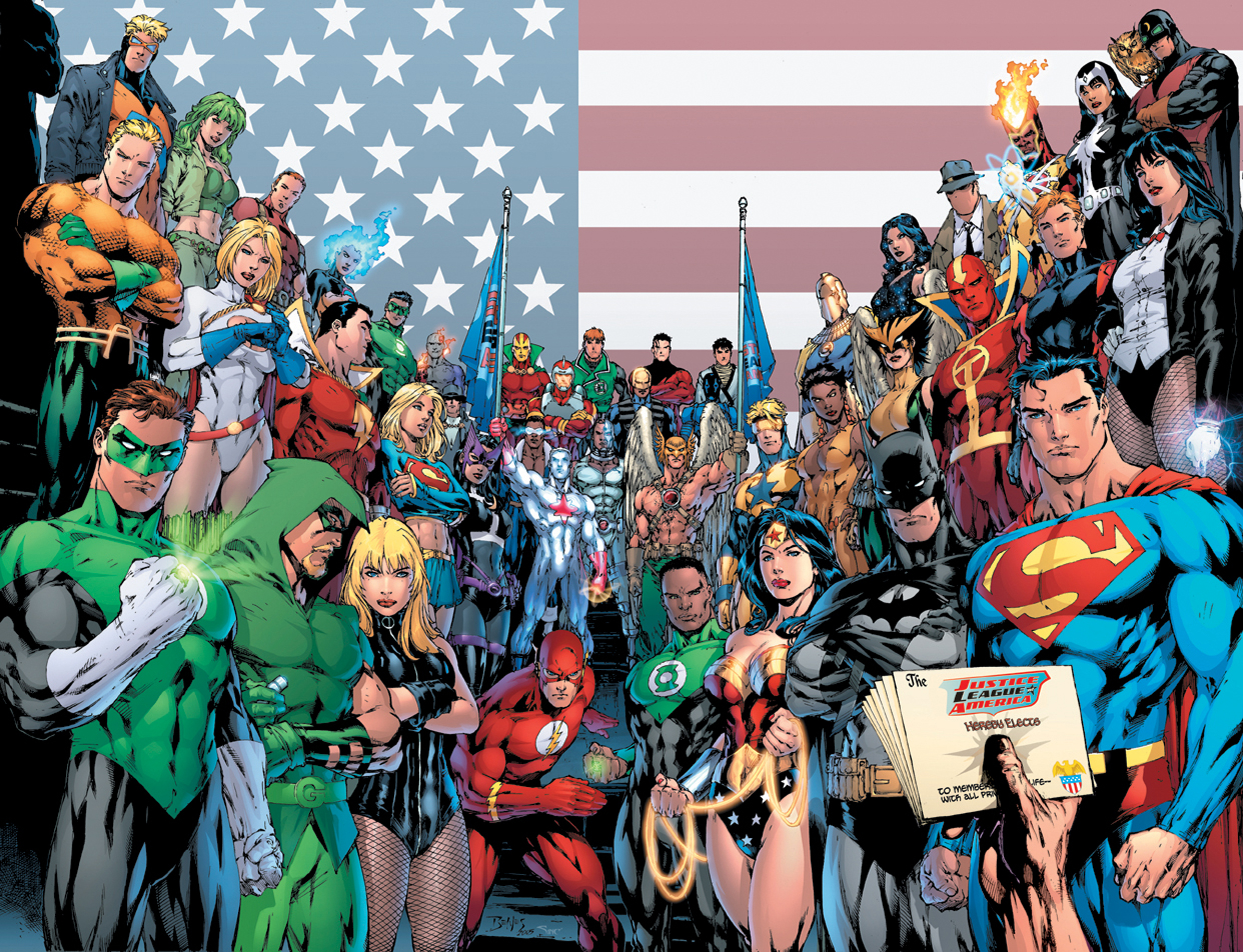
Last week I took a look at four superhero characters – Batman, Captain Marvel, Iron Man, and Starfire – and what made them decide to put on their costumes and fight the good fight. If you haven’t read that one yet, I’d suggest checking it out before you read this week’s installment. It will give you some context for where I’m starting with this article. My last article noted that a lot of popular superhero characters, including all four that we took an in-depth look at, had incredibly traumatic experiences that directly lead to them becoming heroes. According to the World English Dictionary, a superhero is “any of various comic-strip characters with superhuman abilities or magical powers, wearing a distinctive costume, and fighting against evil.” We can break it down even more: a superhero is someone who has skills that Joe Smith on the street doesn’t have, and who disguises his or her identity in order to fight crime with the help of those skills. Nowhere in that definition does it say that a superhero has to have a tragic back-story, but it happens more often than not. Given a little thought, the reason becomes clear. ...
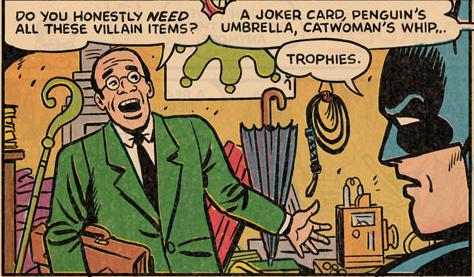
I came across this awesome parody strip which Kerry Callen even took the time to make look as though they were from an old Batman comic about how Batman is a hoarder. It’s funny because my wife and I were just having a conversation about all the crap in the Batcave and how some artists make sure to include it all and others leave the Batcave a bit more spartan. Batman is a Hoarder - by the way, the items on the bottom three panels are actual items from Detective Comics! ...

note on all the image scans: they are correct manga-style so they are read right to left Spend enough time doing critical readings of media and you come across the assertion that all media tells you about the culture it was written in. Sometimes, as in contemporary media, this is easy to tease out. Other times, as with science fiction, it’s by extrapolation. So I thought it might be interesting to re-read Love Hina, by Ken Akamatsu, as a way to to understand Japanese culture. Part One can be found here. ...

Mainstream comics have traditionally featured superheroes or, more recently, anti-heroes. Whether it’s Batman, Starfire, Captain Marvel, or Iron Man, the characters that inhabit most of the comics published by the Big Two – and, to a certain degree, smaller publishers as well – feature someone (or a team of someones) who beats up the bad guys to protect the innocent. What drives someone to put on a costume and use his or her powers for good, though? ...
Rather than just copy it, I’ll provide a link. Enjoy.
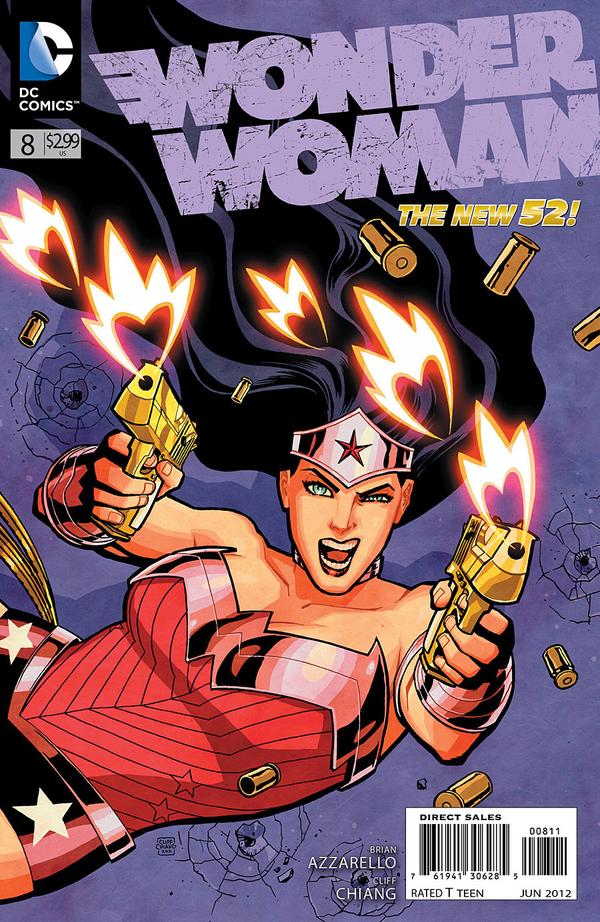
Does violence need violence as an answer? When my wife and I were thinking about daycare for our daughter we visited a lot of centers and got their welcome packets. One of them mentioned that kids were not allowed to have back packs, lunch boxes, or t-shirts with characters from shows in which characters primarily used violence to solve their problems. Examples given included Power Rangers, Batman, and other super heroes. It’s funny - I’d read comics off and on since I was in elementary school and I’d spent a lot of time watching super hero cartoons and movies. But I never consciously realized that the characters primarily used violence to solve their problems. It’s pretty noble that any heroes who aren’t anti-heroes never kill in the course of their actions, but they’re still pretty violent. What message does this send? ...